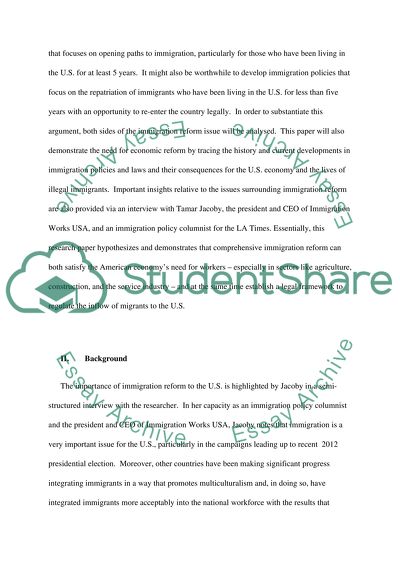Cite this document
(“Immigration reform and economic growth Research Paper”, n.d.)
Retrieved from https://studentshare.org/english/1402104-immigration-reform-and-economic-growth
Retrieved from https://studentshare.org/english/1402104-immigration-reform-and-economic-growth
(Immigration Reform and Economic Growth Research Paper)
https://studentshare.org/english/1402104-immigration-reform-and-economic-growth.
https://studentshare.org/english/1402104-immigration-reform-and-economic-growth.
“Immigration Reform and Economic Growth Research Paper”, n.d. https://studentshare.org/english/1402104-immigration-reform-and-economic-growth.


